Kosovo is not a country that comes to mind when you think of a relaxing get away. Since declaring its independence in 2008, and particularly before that, Kosovo has had its fair share of war, civil unrest, and diplomatic tensions. Its status as an independent country is only recognised by roughly half of UN recognised countries, and it is not part of the UN, independent of Serbia.
But its been 15 years since Kosovo declared its independence, and 25 years since the Kosovar war, concluding on the 11th of June 1999, when I was just a baby. A quarter of a century later, Kosovo has had much time to rebuild and forge its own unique culture and identity. But with less than 79000 visitors in the first quarter of 2023, I was confident that Kosovo was not getting any sort of attention from would-be travellers. So I decided to pack my things and travel half-way around the world to North Macedonia, to start my journey.
It is very common for travellers to rent a car and travel through the Balkans (of which Kosovo is a part), but it is important to note that travellers should avoid crossing from Kosovo into Serbia using the northern most border crossing in Jarinje. If you are wanting to enter into Serbia, do so from another country, such as Montenegro. However, I was in Skopje, North Macedonia, and I rented a car from the Skopje Airport and began my road trip to Kosovo. I crossed the Hani Elezit – Blace border crossing, which was an easy and quick process of simply showing my Australian Passport and a green document that I received from the car rental company that I could not read. After receiving my passport stamp, I was allowed into Kosovo, and started north to the capital Pristina. Almost instantly, I realised that for a small country ravaged by war and only partially recognised, Kosovo had some of the most amazingly maintained and well-built roads into the country. The R6 is one of the most incredible roads I’ve ever had the pleasure of driving on. It was smooth, and snaked trough some of the must beautiful valleys and villages I’d ever seen, with hills and mountains either side on a gorgeous sunny morning. Scenery that we just don’t have back home in the flat plains of South Australia.
The drive from Skopje to Pristina took about an hour and forty minutes including the time I waited at the border crossing. I only wish that the drive lasted longer as I found the scenery incredible. Pristina is actually quite an easy city to navigate. It was my first time driving on the right side of the road in a left hand drive car, but aside from all the constant, unrelenting honking, it was quite a pleasant experience. I found a paid parking lot (which only accepted payments in euro coins) and headed straight to the National University Library of Kosovo. I had seen this building in pictures and had always thought it to be a stunning building which I increasingly loved the brutalist design of the more I looked at it.
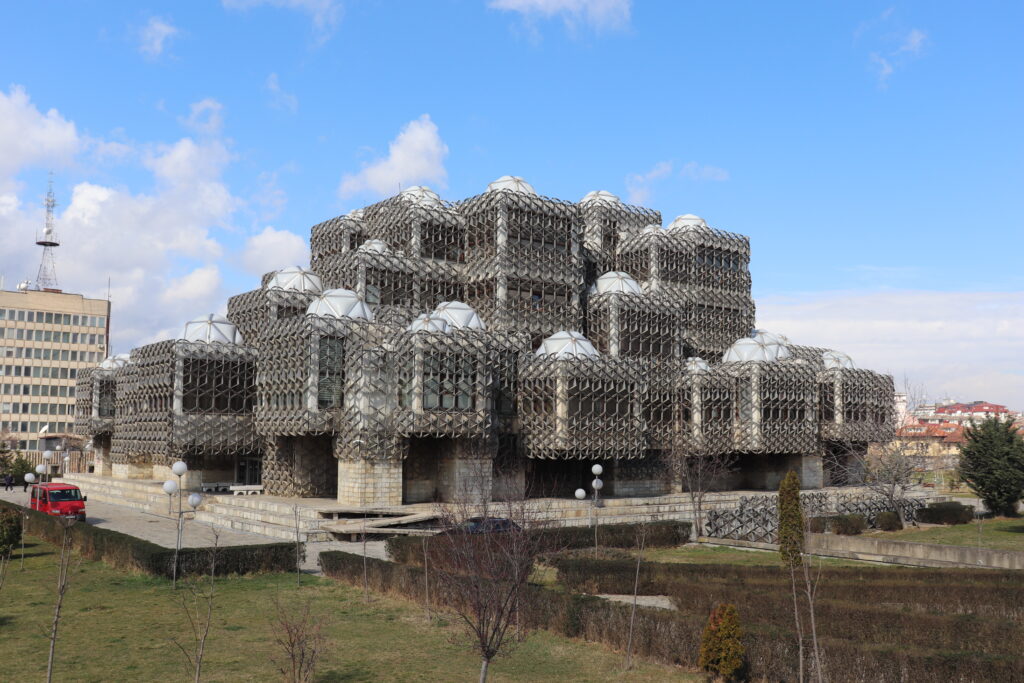
The interior of the building is also unique in its design.
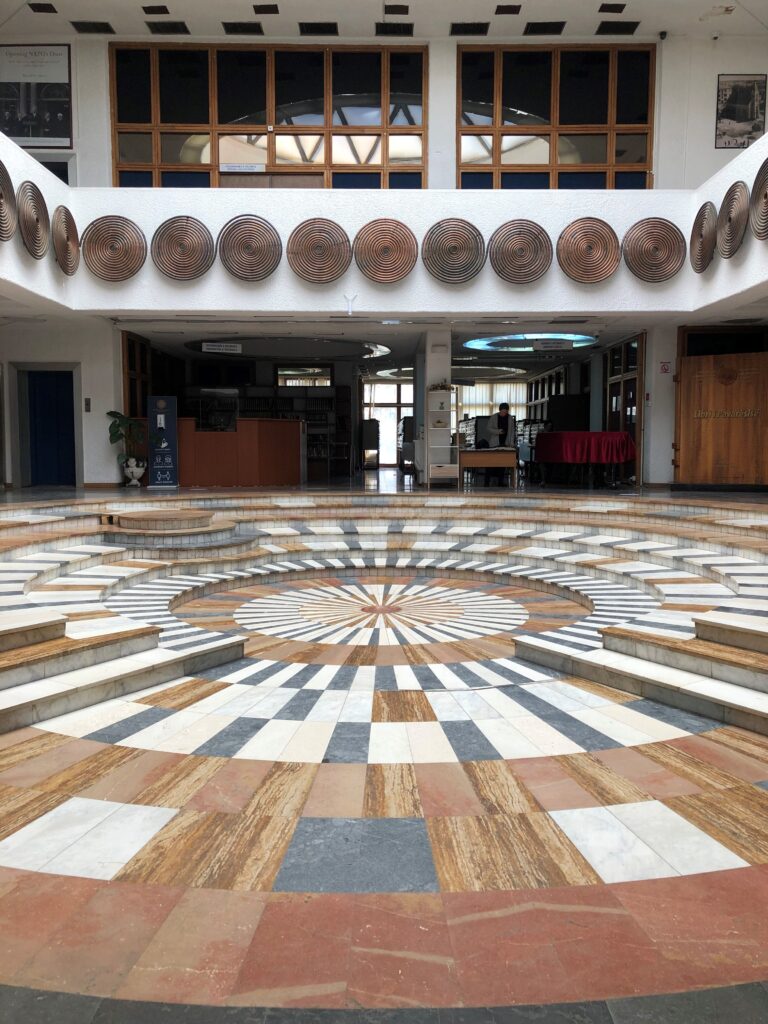
Right next to the National University Library of Kosovo is a peculiar building that looks like a ruin, and seems very out of place. In English, its called Christ the Saviour Orthodox Cathedral, and although it doesn’t look like it, the external structure of this building was completed in 1998. It was due for completion in 1999, but was never completed due to the Kosovar war.
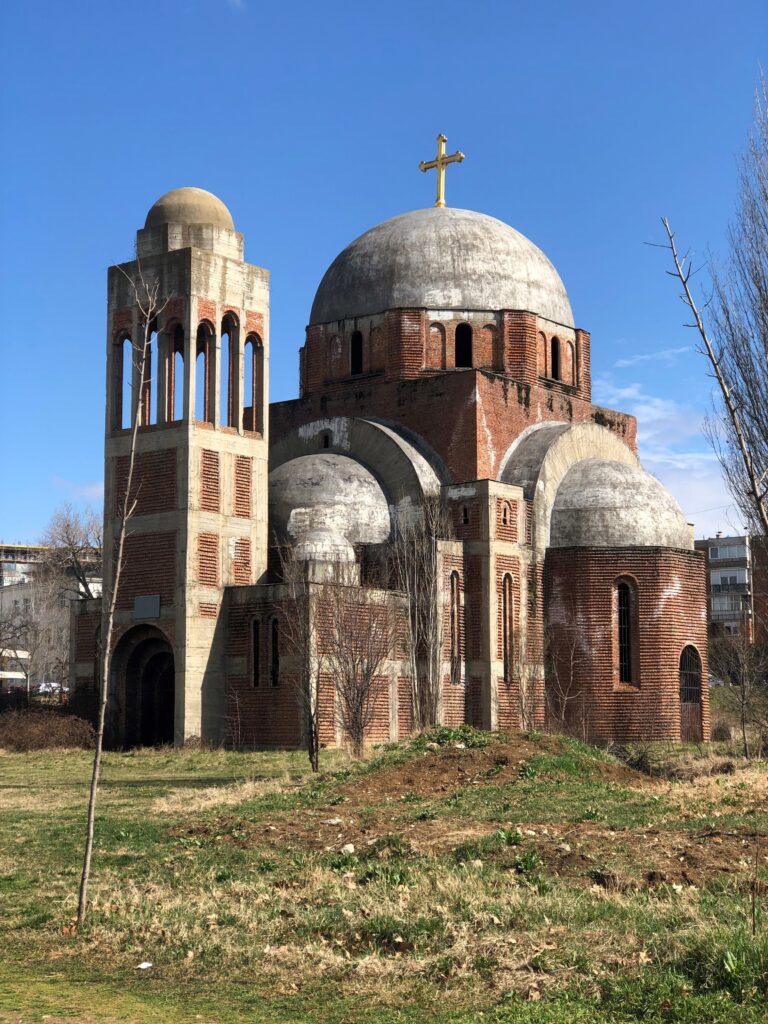
The cathedral is probably the most controversial building in Kosovo given its history. It is seen as a symbol of former Serbian President Slobodan Milošević’s rule, who did not support Kosovo’s independence and worked to strengthen Serbian influence on the autonomous province. Its not surprising that the Cathedral was subject to attempted destruction by explosion during the Kosovar war, given that Kosovo has a majority Albanian Muslim population. The Cathedral represents a Serbian Orthodox dogma that the population of Kosovo do not adhere or conform to in their culture. It’s not difficult to see how the Cathedral (albeit incomplete and in a state of ruin) can be perceived as an attack on Kosovar identity. Today, there is still wide debate about what should be done with the building. When viewing the Cathedral as a tourist, be mindful that it can be a source of pain and distress for some locals. Take care when taking photos to not be obvious, and to be courteous to the locals. I would not recommend going inside.
A much less controversial Cathedral in Pristina is the Cathedral of Saint Mother Teresa. Right outside the cathedral is a golden statue of Ibrahim Rugova, a former president of Kosovo. The Cathedral of Saint Mother Teresa is within walking distance of the National University Library of Kosovo.
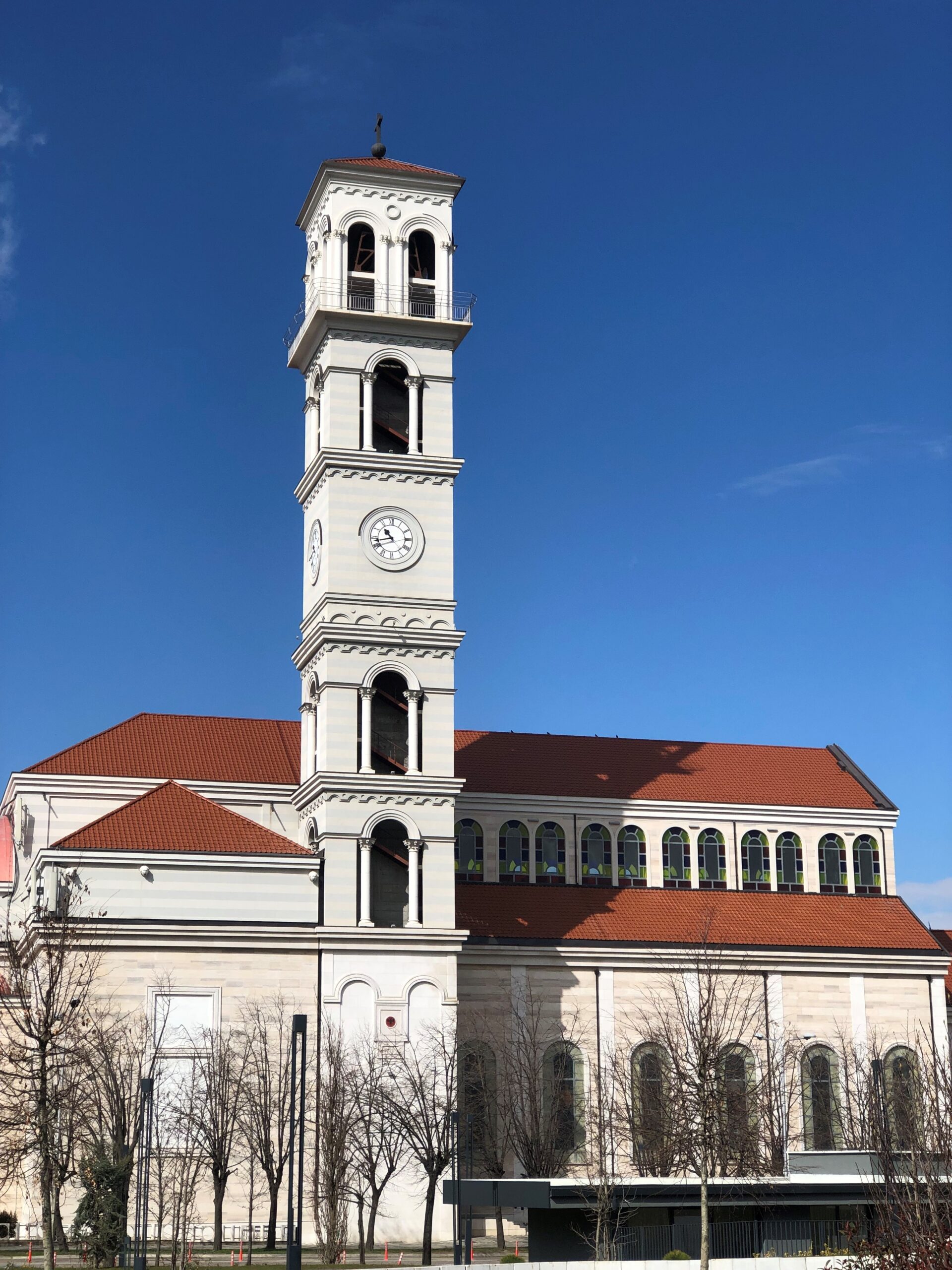
Kosovo’s second biggest city is Prizren, south of the country. It is about an hour drive from the capital Pristina, and is situated in a stunning location on the banks of the Prizren River right in the valley of the Sharr Mountains. Prizren feels a lot like Turkey and has a sizeable Turkish population. I took my Audi Q2 rental, and took the trip south to Prizren to experience the city for myself.

The drive into Prizren was something else. Snow-topped mountains could be seen far out from the city as I approached. It was tough to find a place to park, but I met a nice Albanian gentleman who spoke next to no English who let me park on his property free of charge. He seemed excited to see a tourist. I unfortunately couldn’t converse much with him as my mobile phone provider does not offer roaming or internet services in Kosovo, and this impacted the use of my translation app.
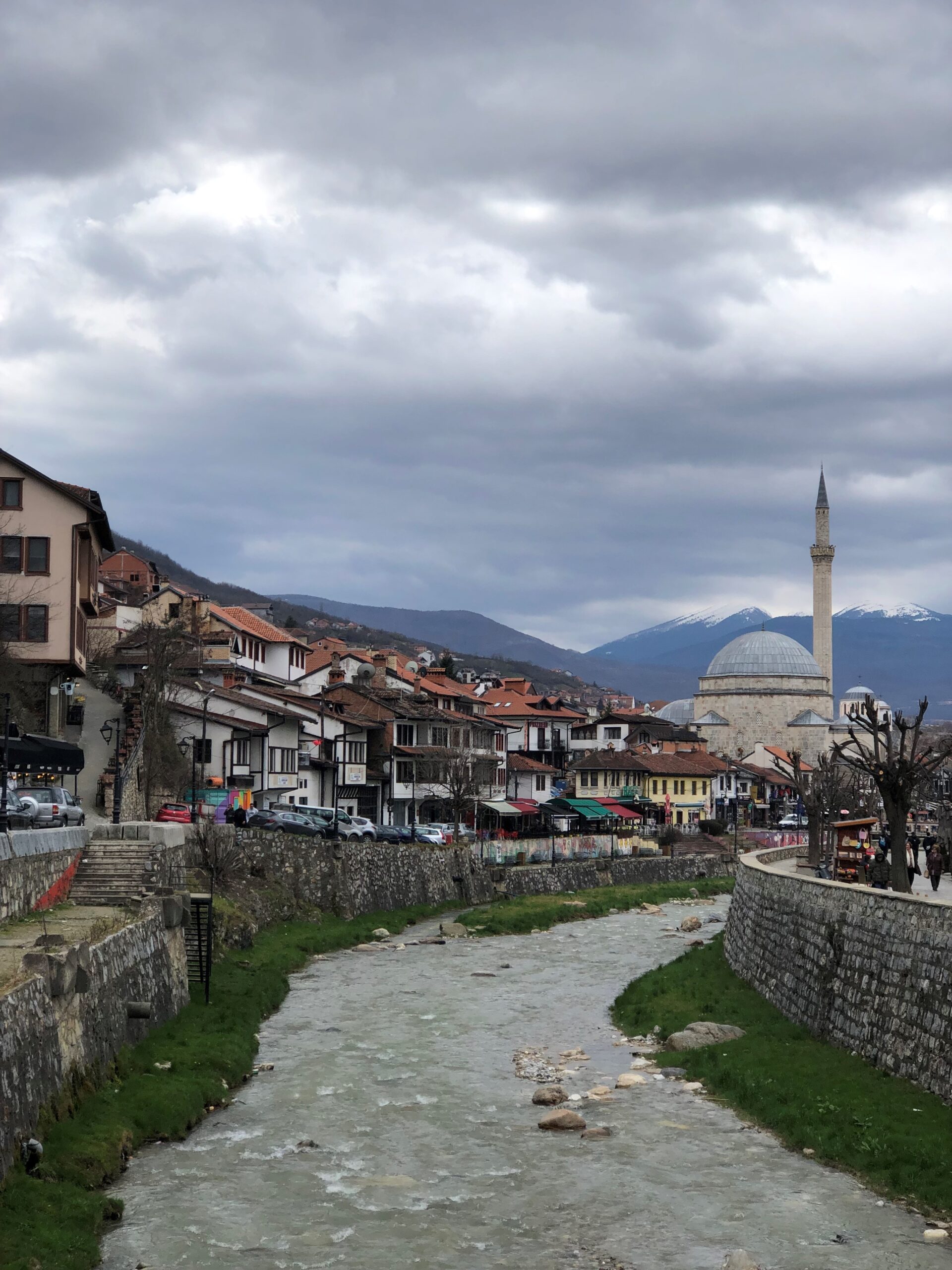
Prizren has an incredibly rich history, as many places in Europe do. The site where Prizren is today has been habited since the bronze age. The Prizren Fortress was built in the 6th Century by the Byzantines, later expanded on by the Serbians in the 14th Century and finally expanded on again by the Ottomans from the 15th Century onward. The Old Stone Bridge in Prizren was first built in the 16th Century. The Old Stone Bridge was my first stop.
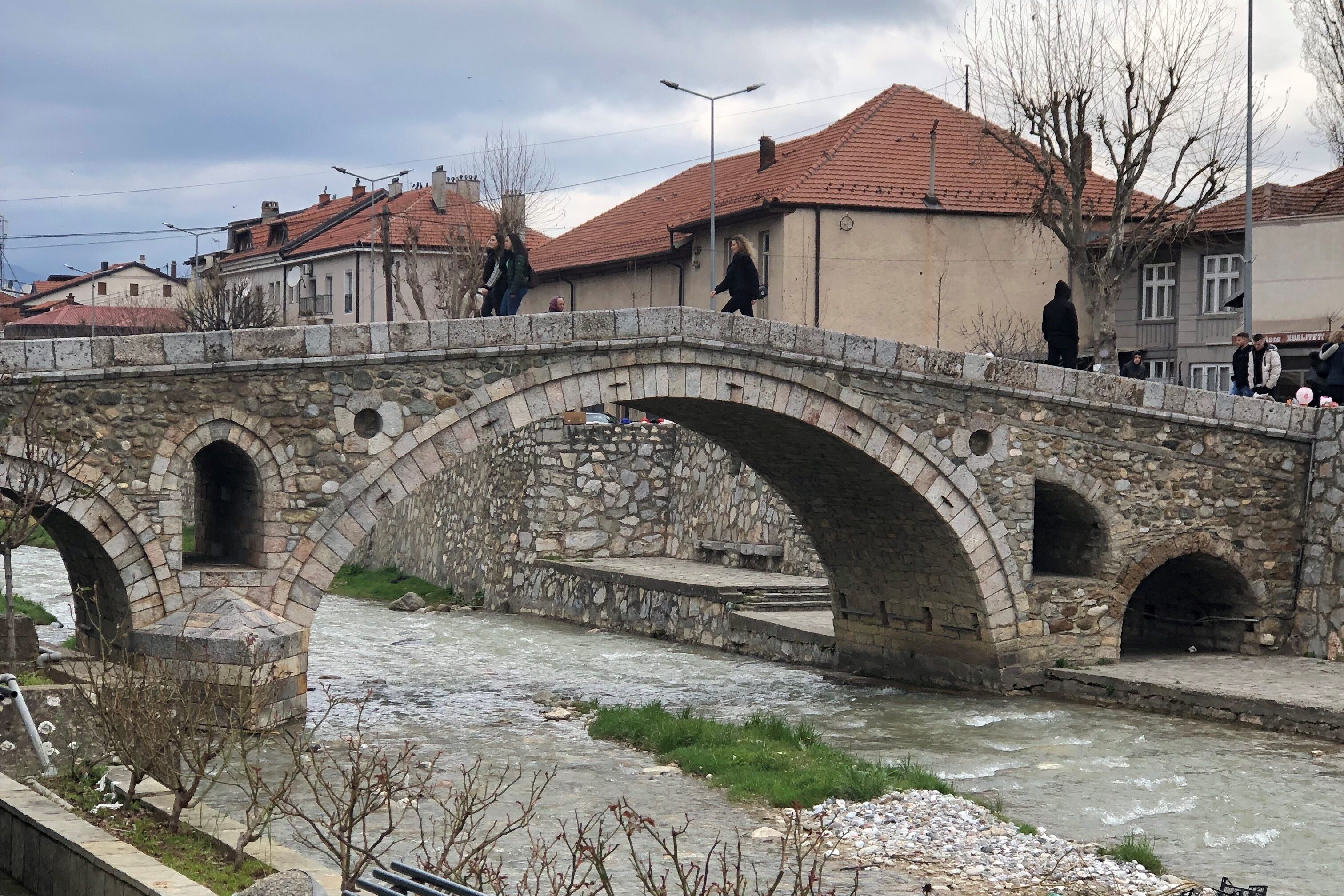
Although initially constructed in the 16th century by the Ottomans, the bridge has undergone almost complete reconstruction since a flood destroyed the bridge in 1979. It was reconstructed by Elan and was reopened three yeas later in November 1982. It is a listed cultural heritage site and has been under state protection since December 1948. The length of the bridge prior to reconstruction was 30 meters. It now only spans 17 meters after reconstruction.
The Prizren fortress is located at the top of quite a large hill. I began the walk up to the top, and given the incline, it turned out to be a fair workout to get to the fortress.
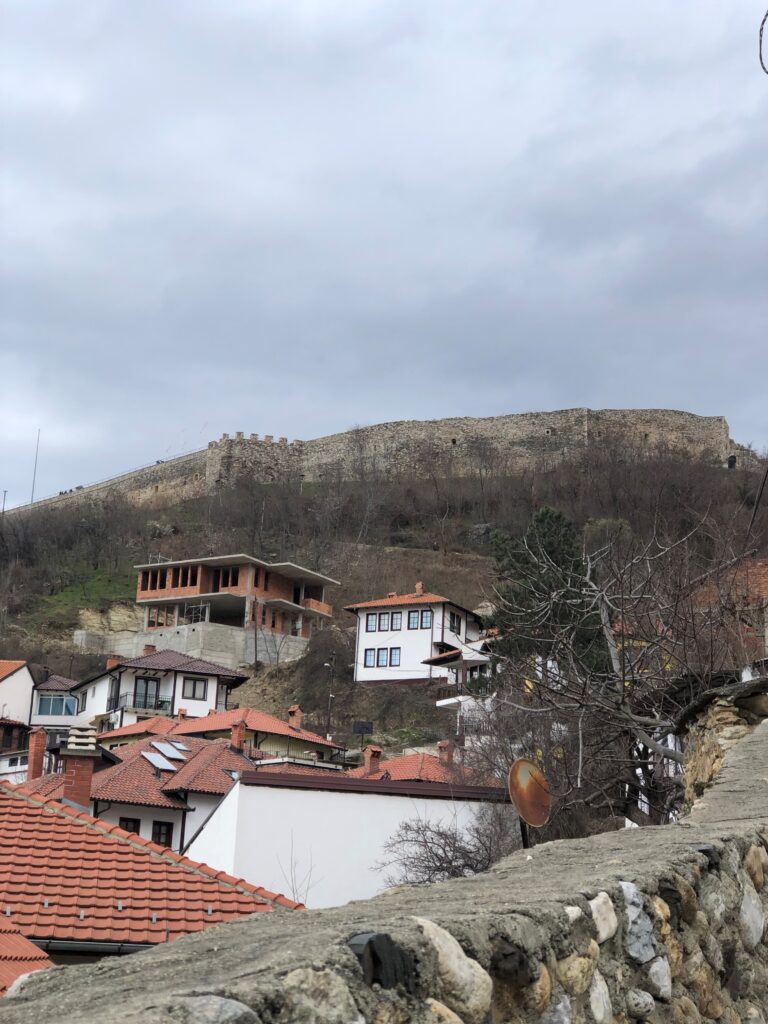
Once at the top, the view was astounding…
Generally, when I see landmarks as impressive as these, there is often information available to explain the history and purpose of such a site. But they either didn’t seem to exist, or had fallen into disrepair. In the fort, I found one sign that explained the purpose of one specific part of this gigantic fort, and it was the secret entrance that lead to the side of the mountain in case the fort ever got surrounded, there was still a secret entry and exit available to get water.
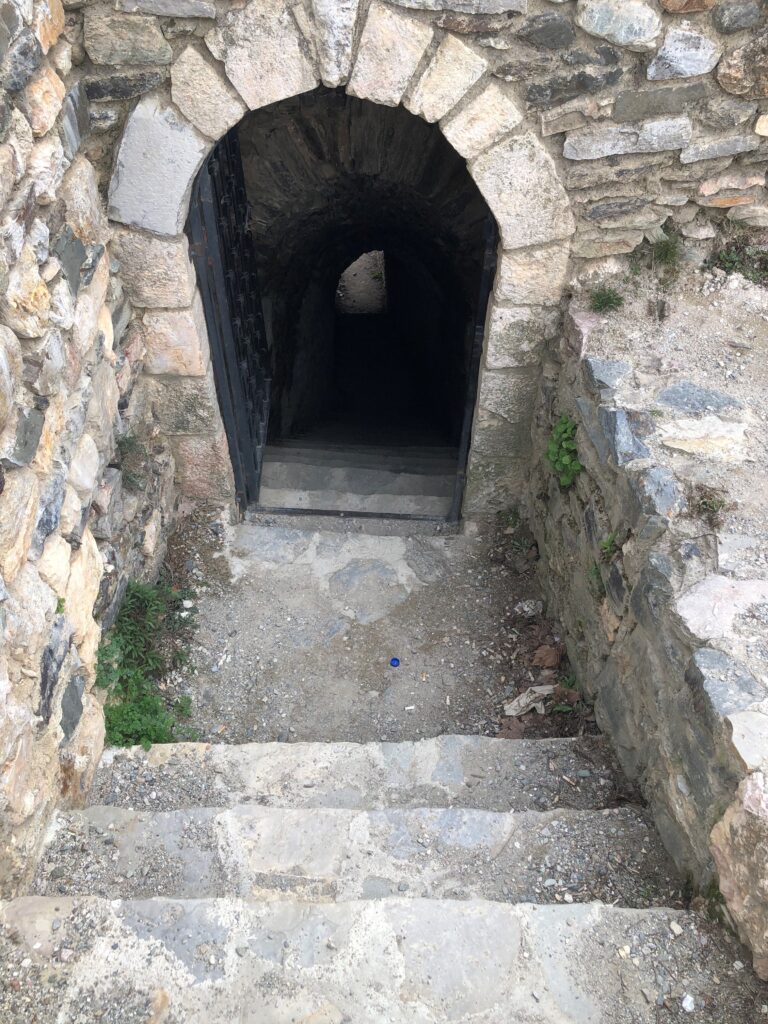
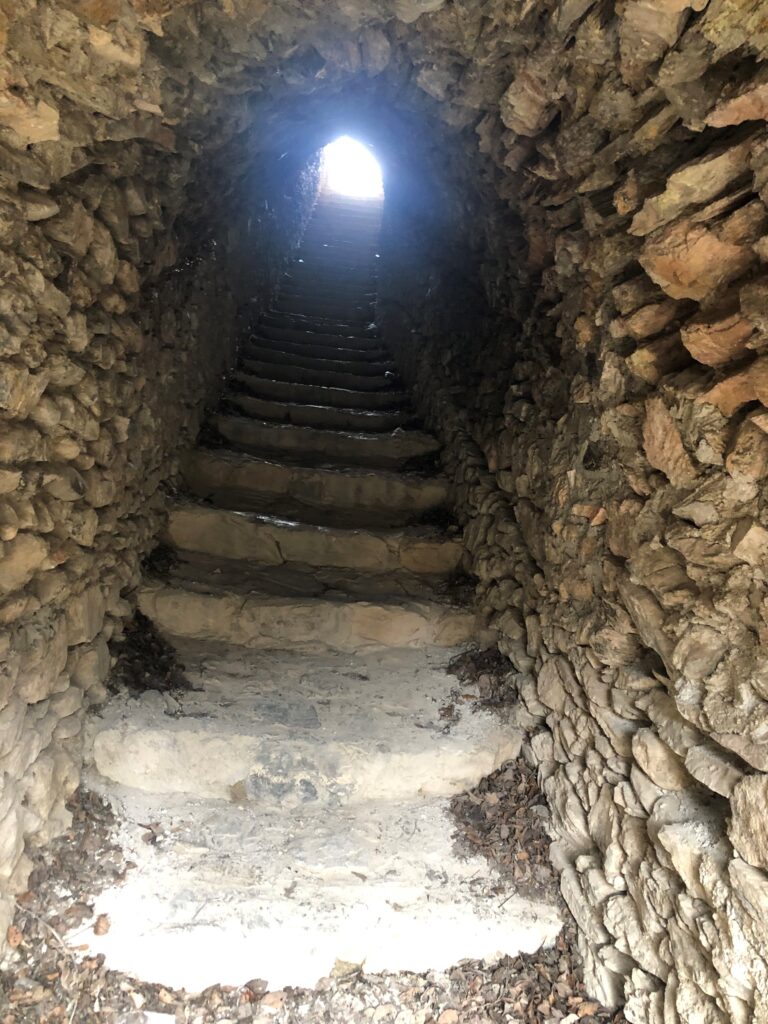
Other than that, I couldn’t find any further information at the site about the fortress. However, that didn’t stop me from spending a good few hours here, exploring every part of the fortress I could get to. It is incredibly maintained. When in Kosovo, the Prizren Fortress is a must-see! I will let the photos speak for themselves.
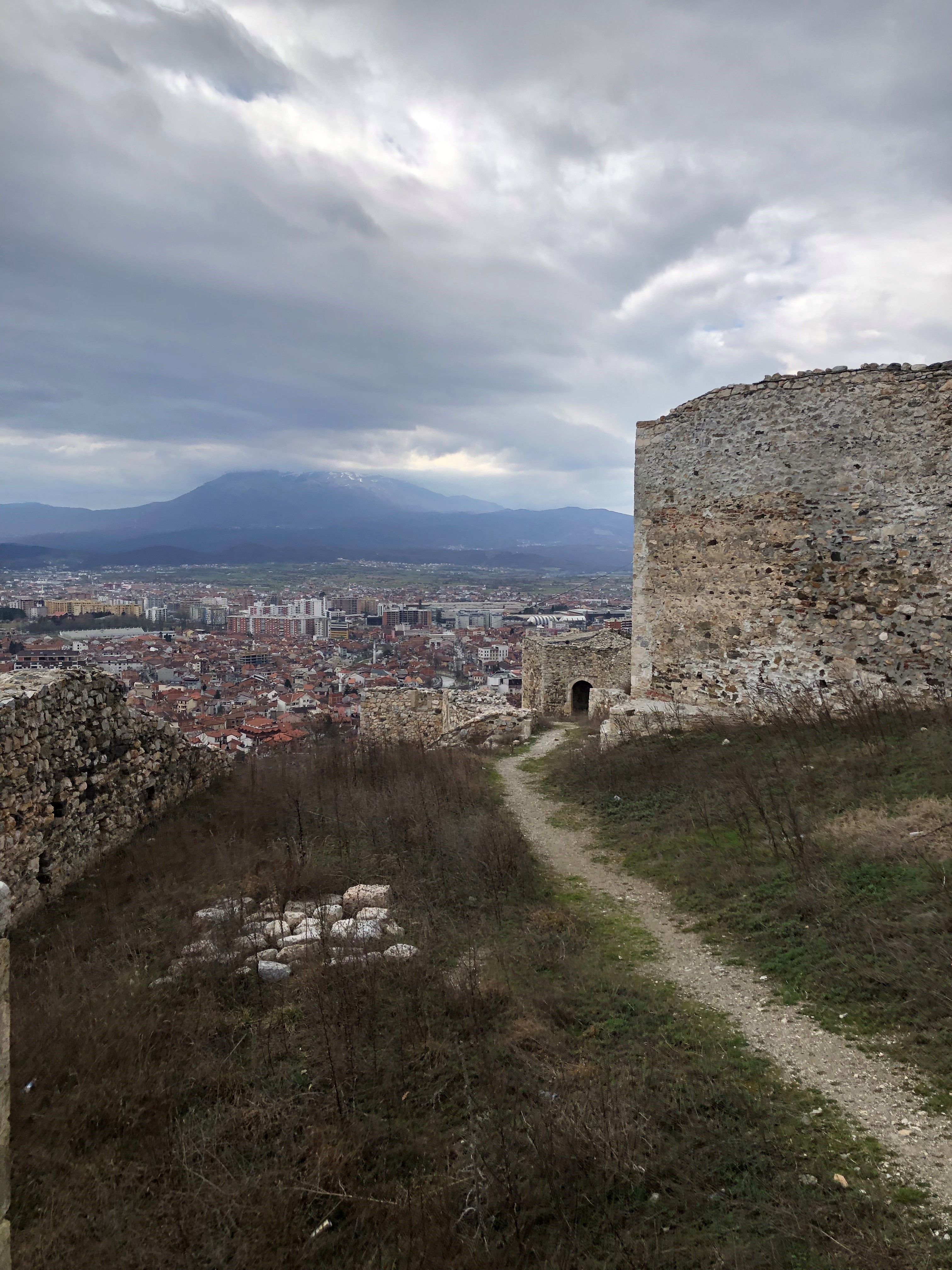
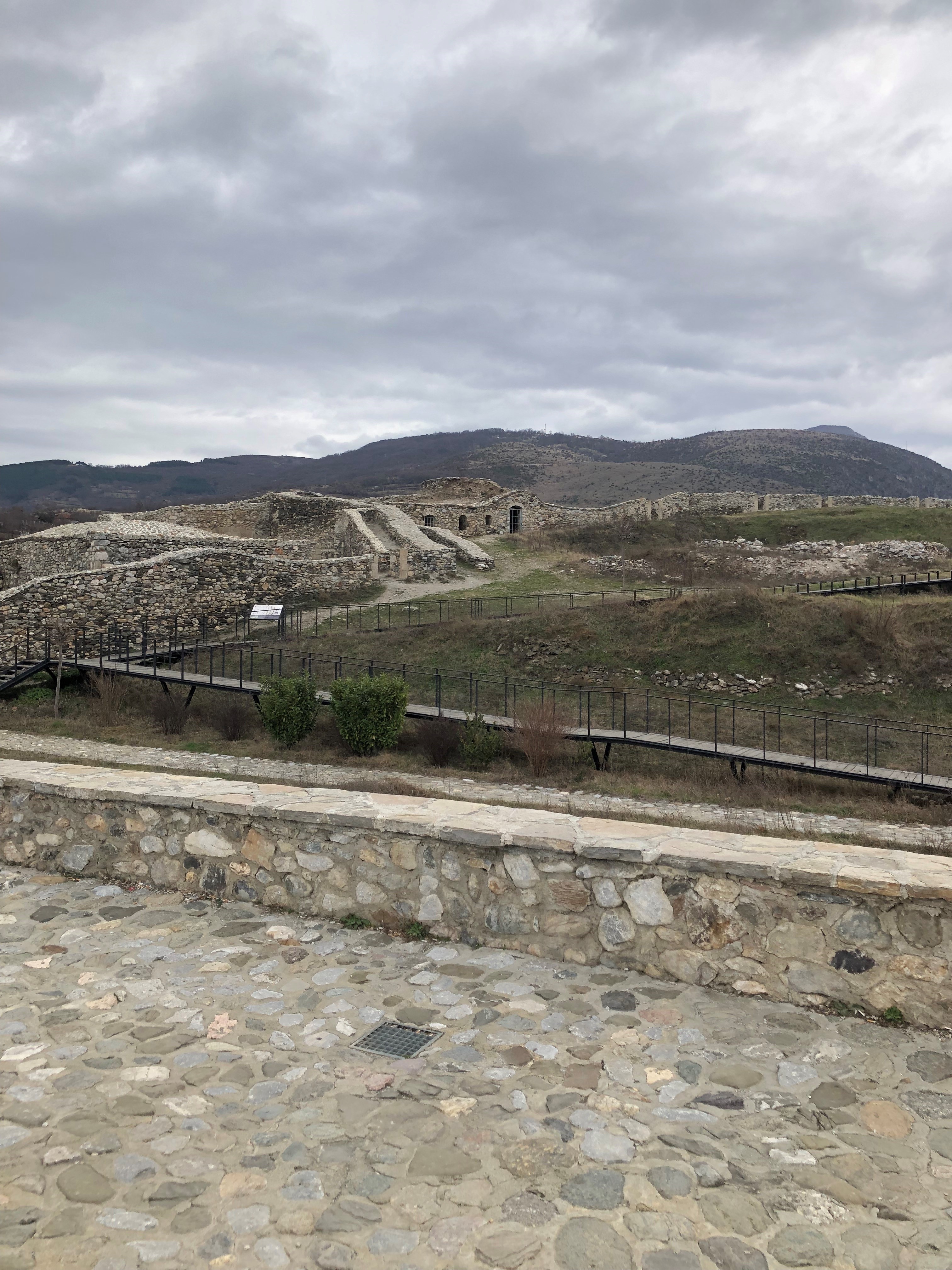
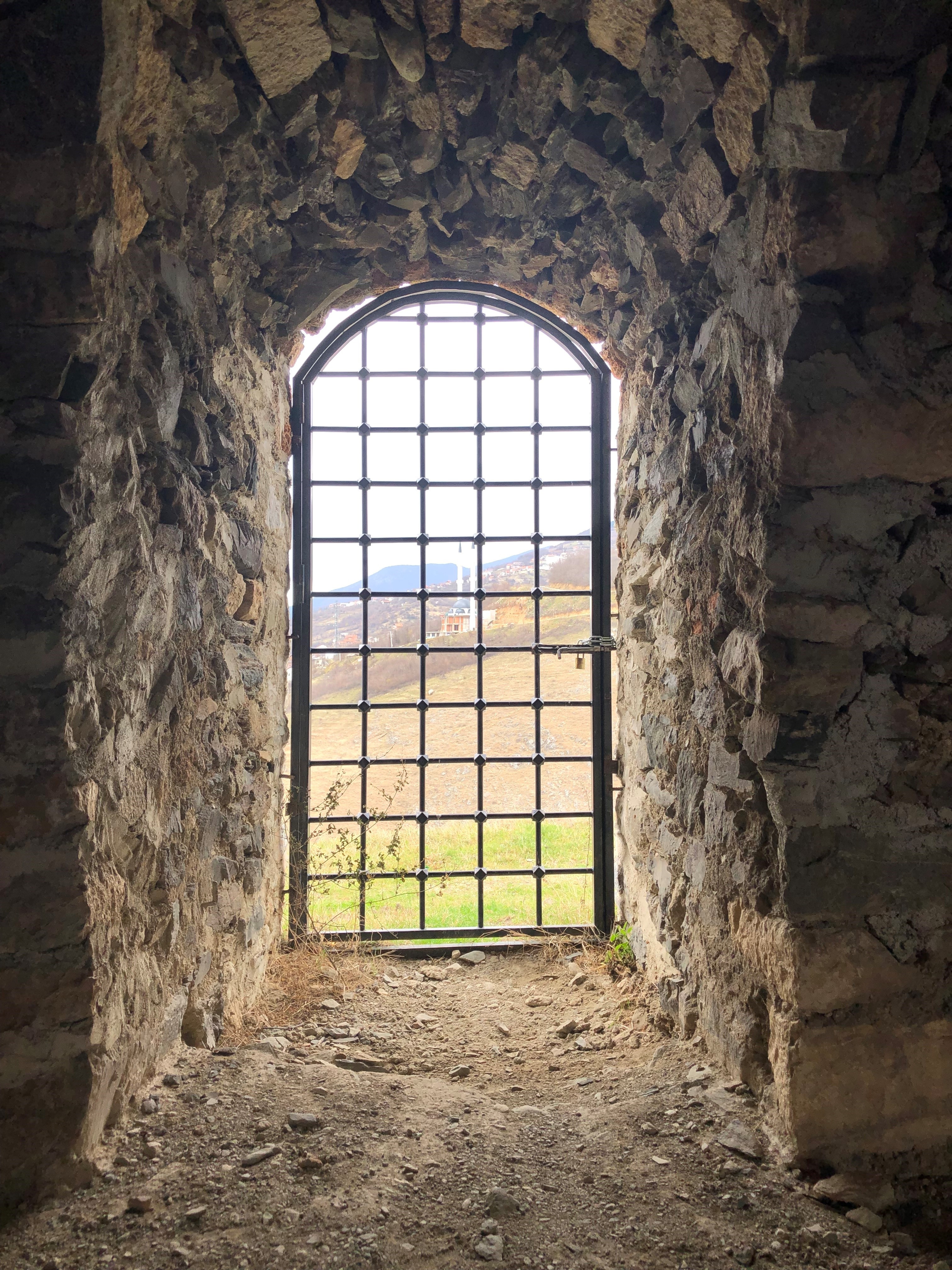
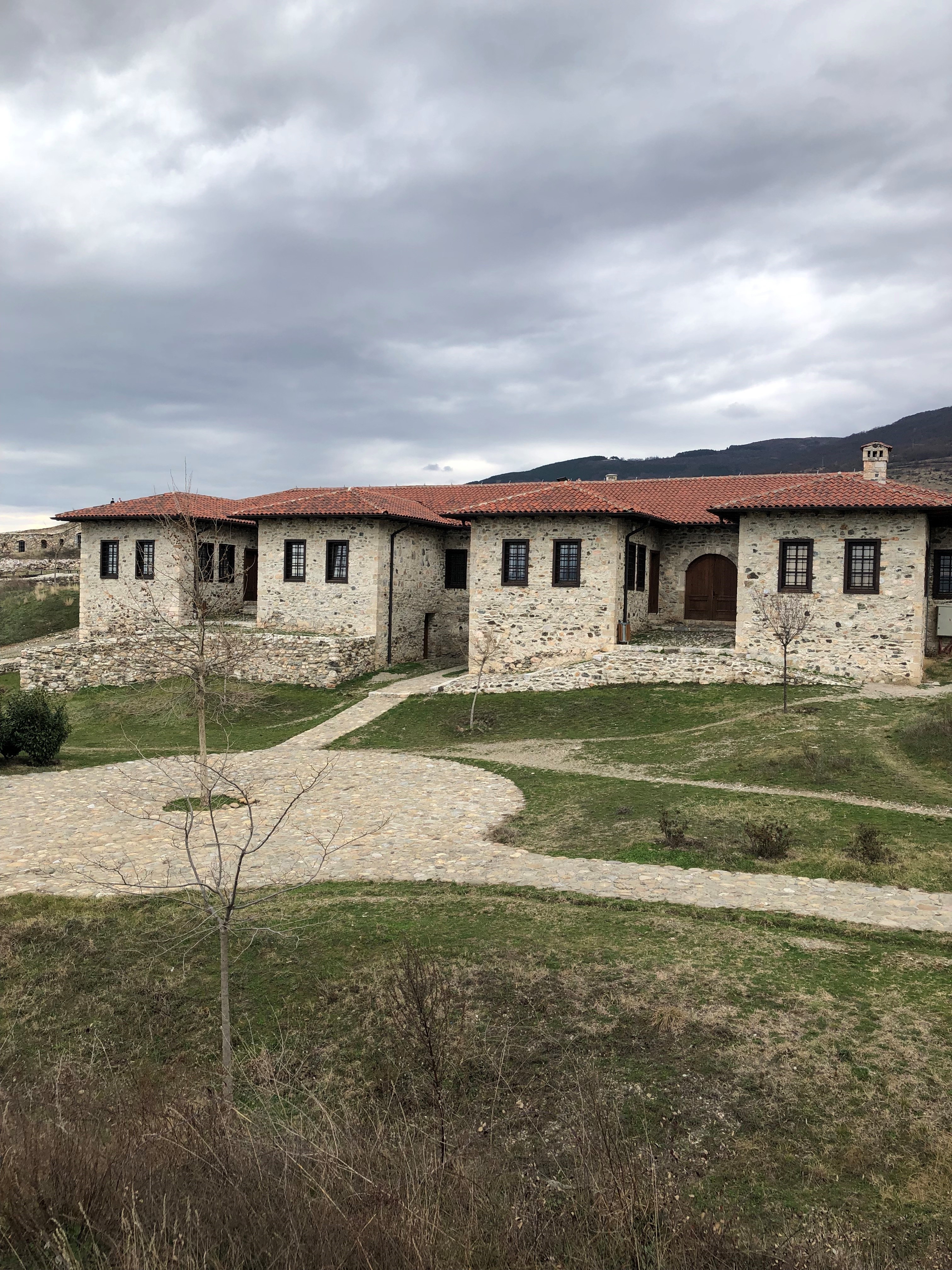
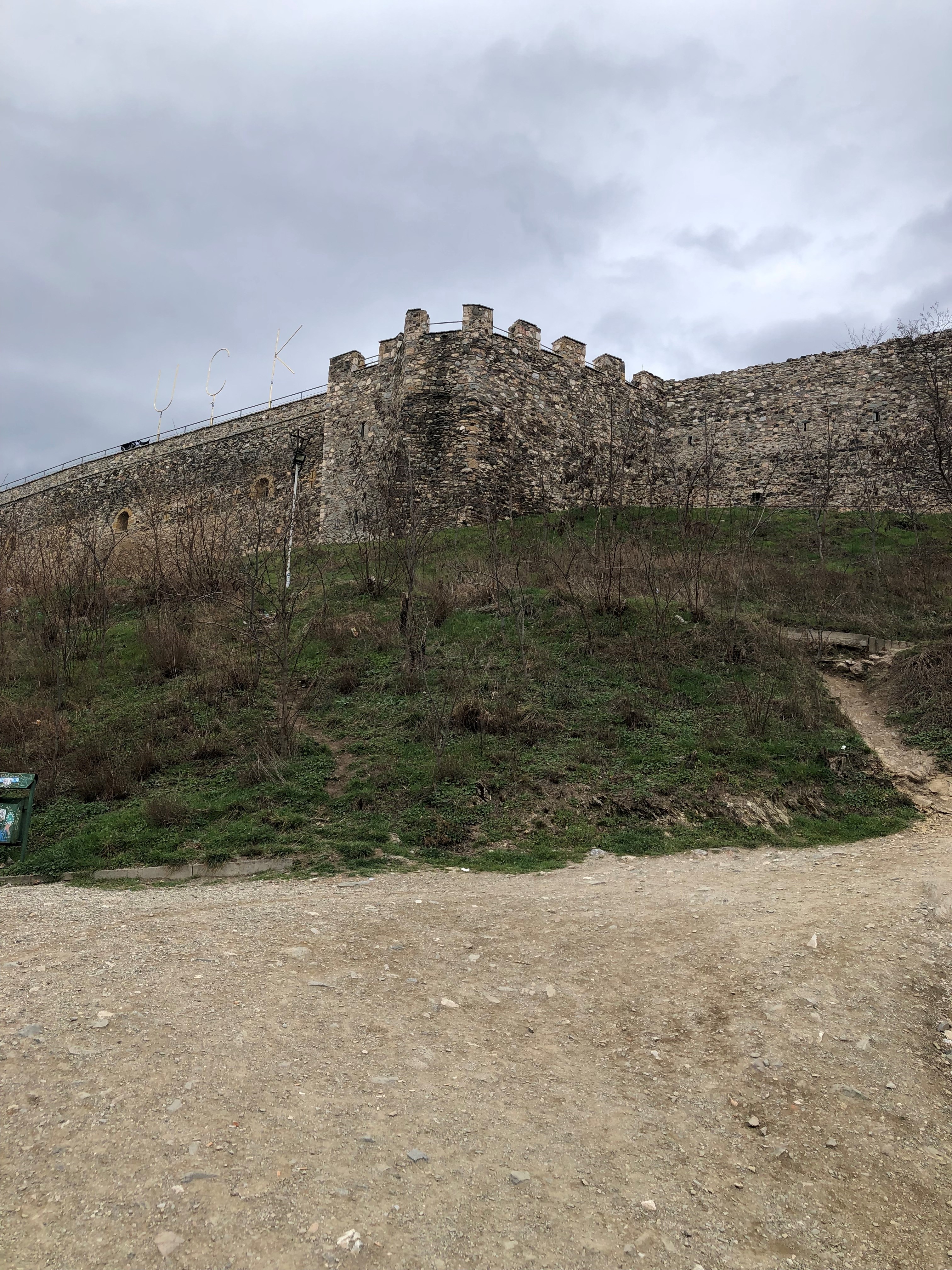
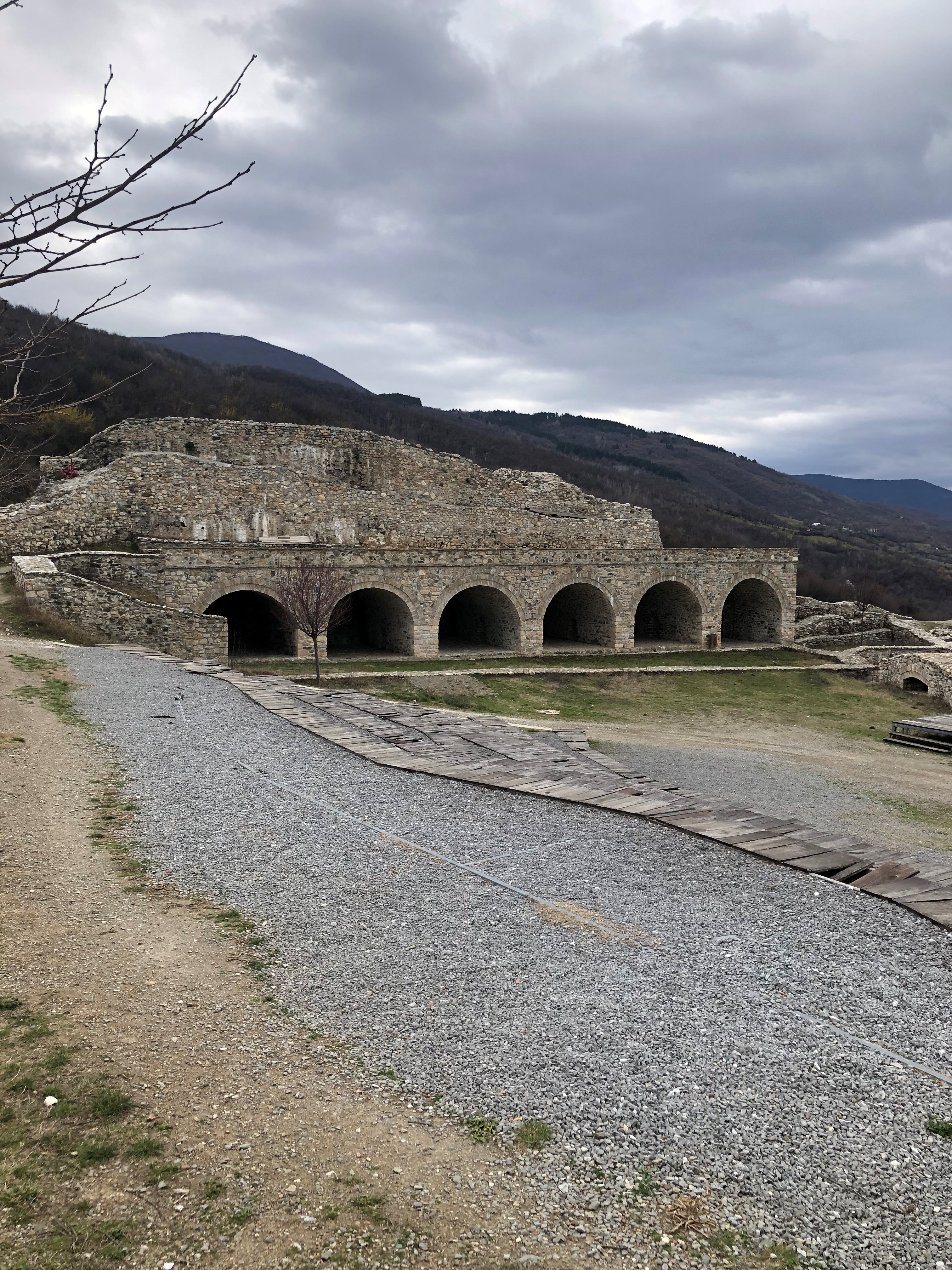
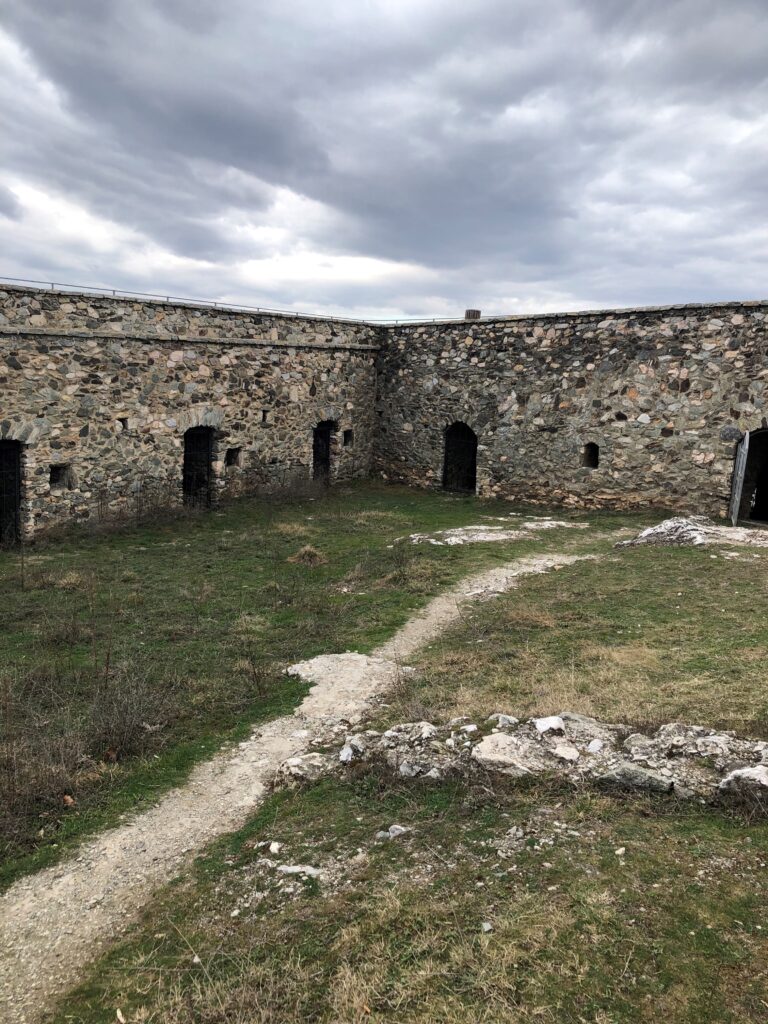
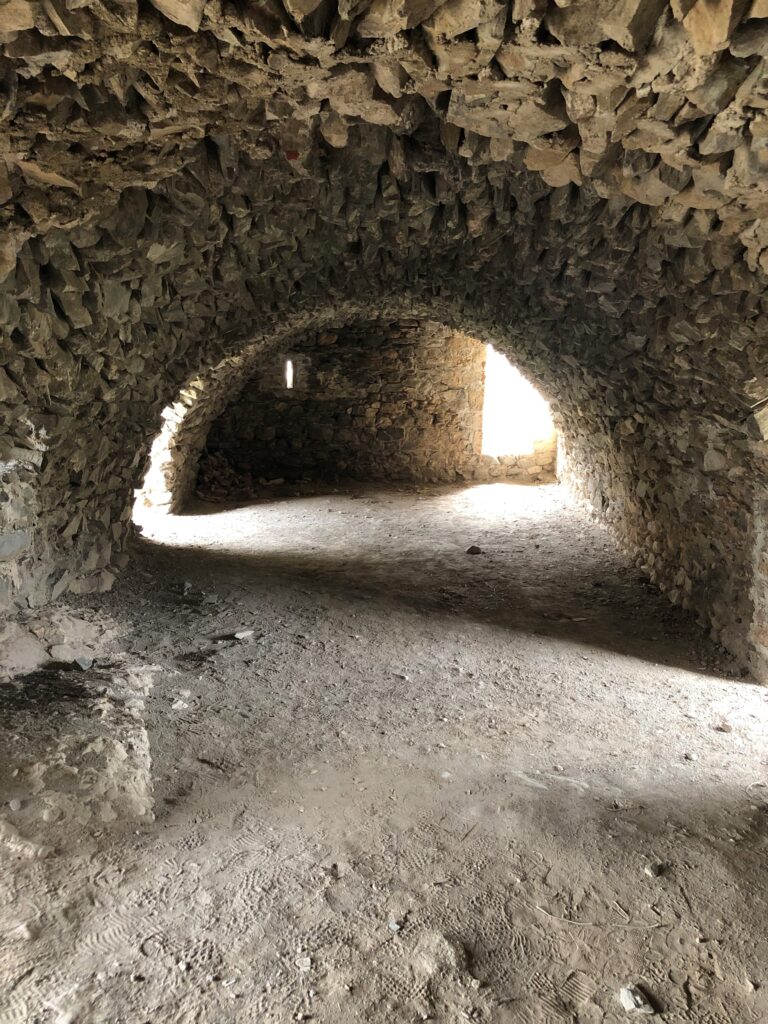
South of Prizren, you get a gorgeous view of the snowy Sharr Mountains. I had never seen mountains like this before. I think I stood there and stared at the view for about 10 minutes, partly because I was tired, mostly because I was amazed.
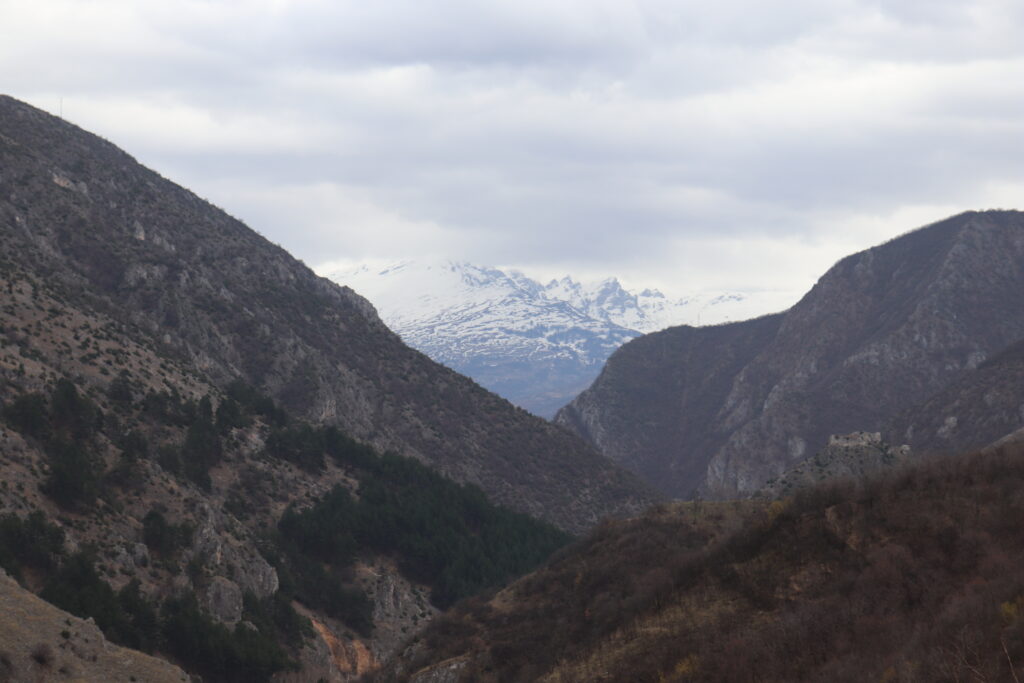
For a country I don’t think anyone could easily find on a map, I think Kosovo has a lot to offer. If you do intend on travelling to Kosovo (And you absolutely should) ensure you have some Euro coins to pay for parking. Cash is king in the Balkans. Also, ensure that your mobile phone provider will still allow you to access internet in Kosovo. It is the first county I’ve been to that my phone provider does not do Roaming for, and it was very annoying. Mobile data is important for the use of maps and translators and cell service is a must in case of emergency. I would recommend hiring a car to explore Kosovo, the mountains and villages make for incredible scenery.
The three things I recommend you must experience in Kosovo are:
- The National University Library of Kosovo
- The Prizren Fortress
- The Sharr Mountains
Until next time Kosovo.
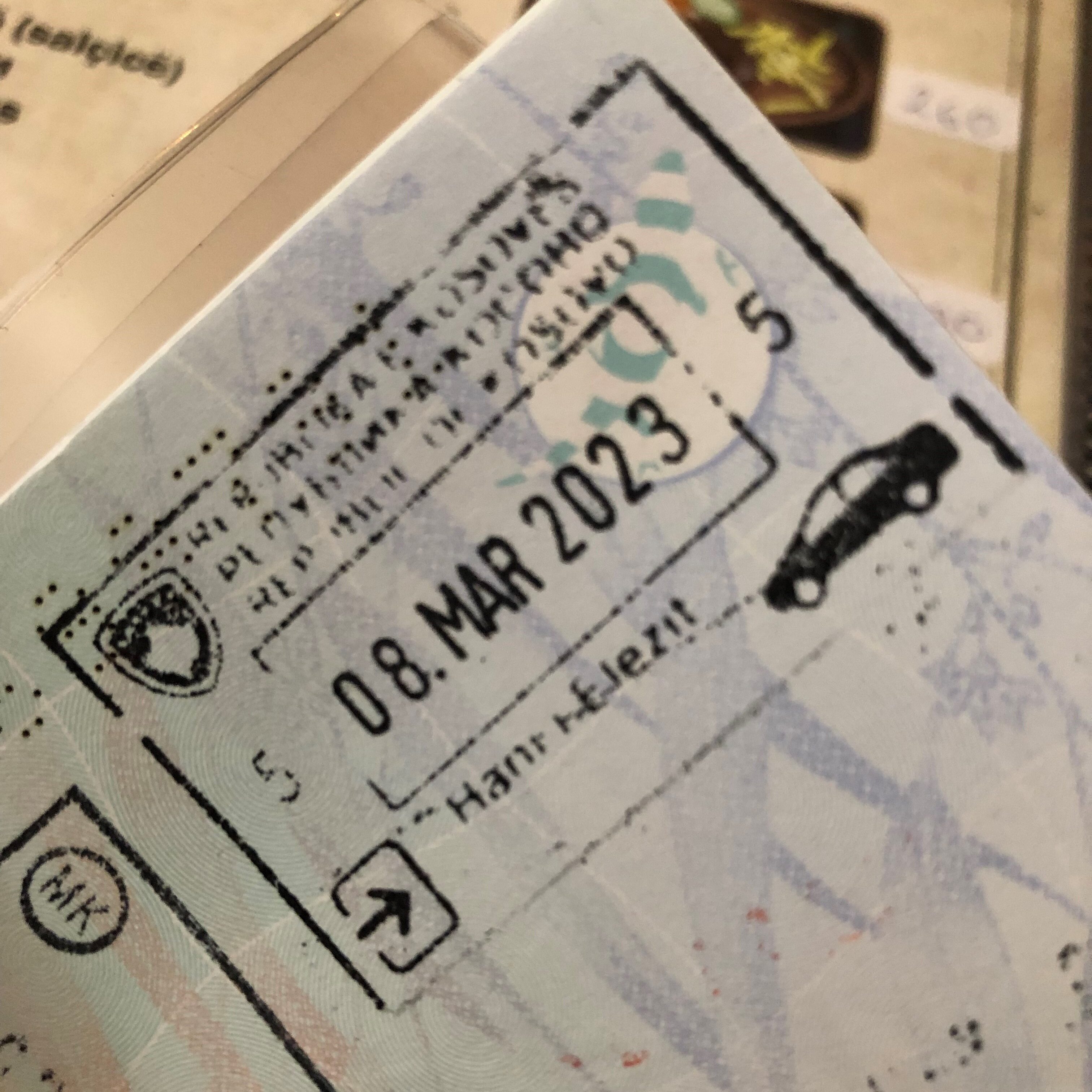

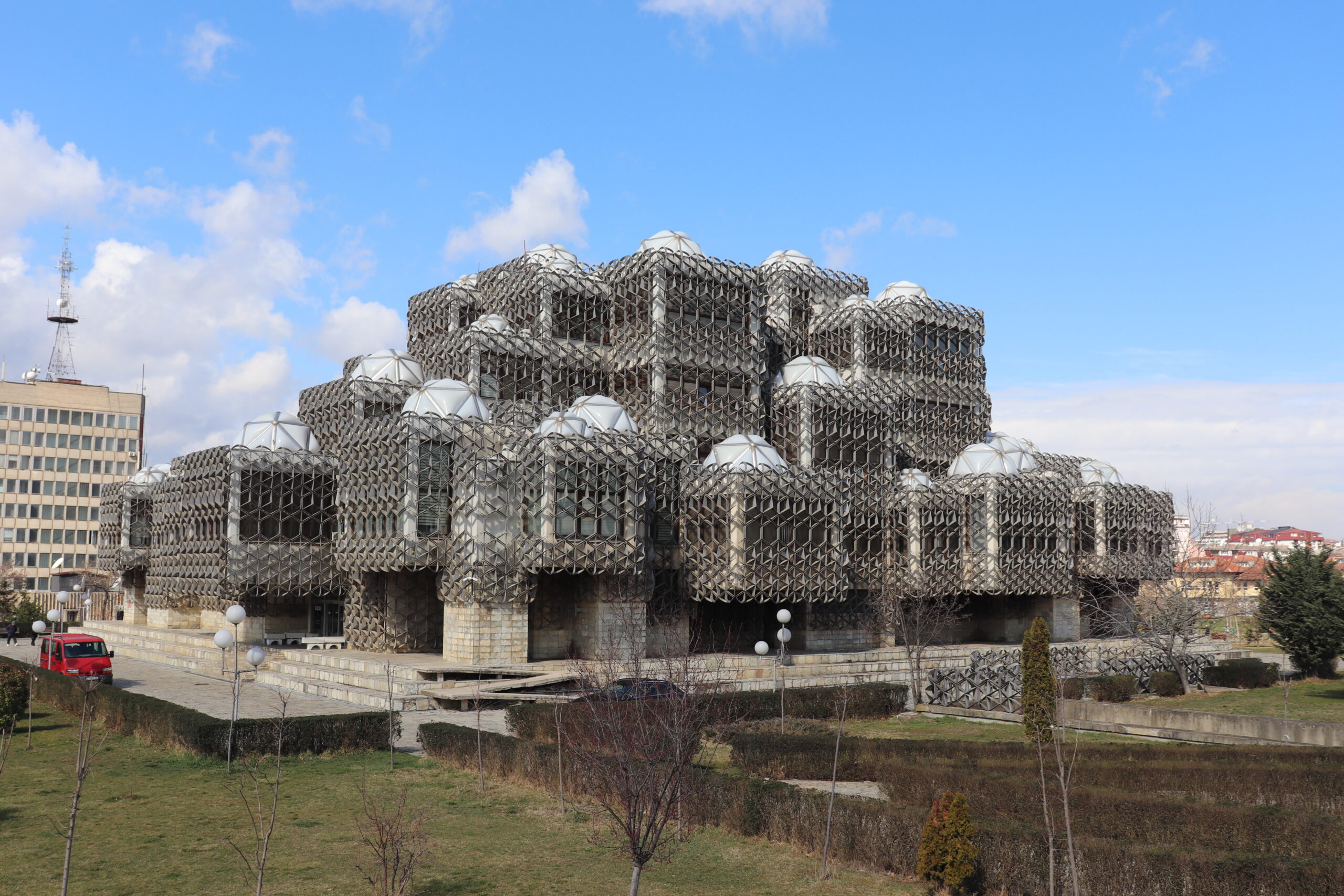
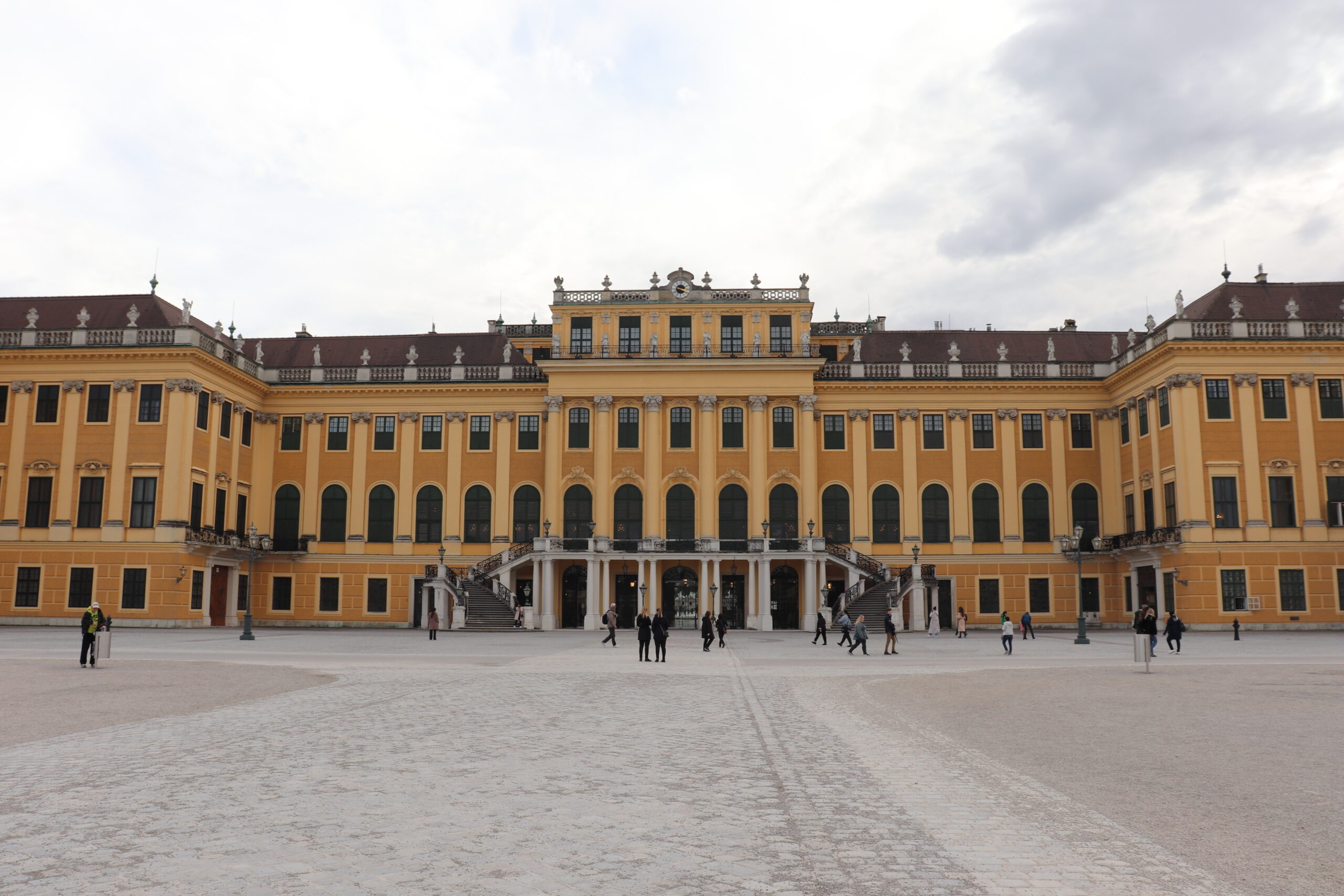
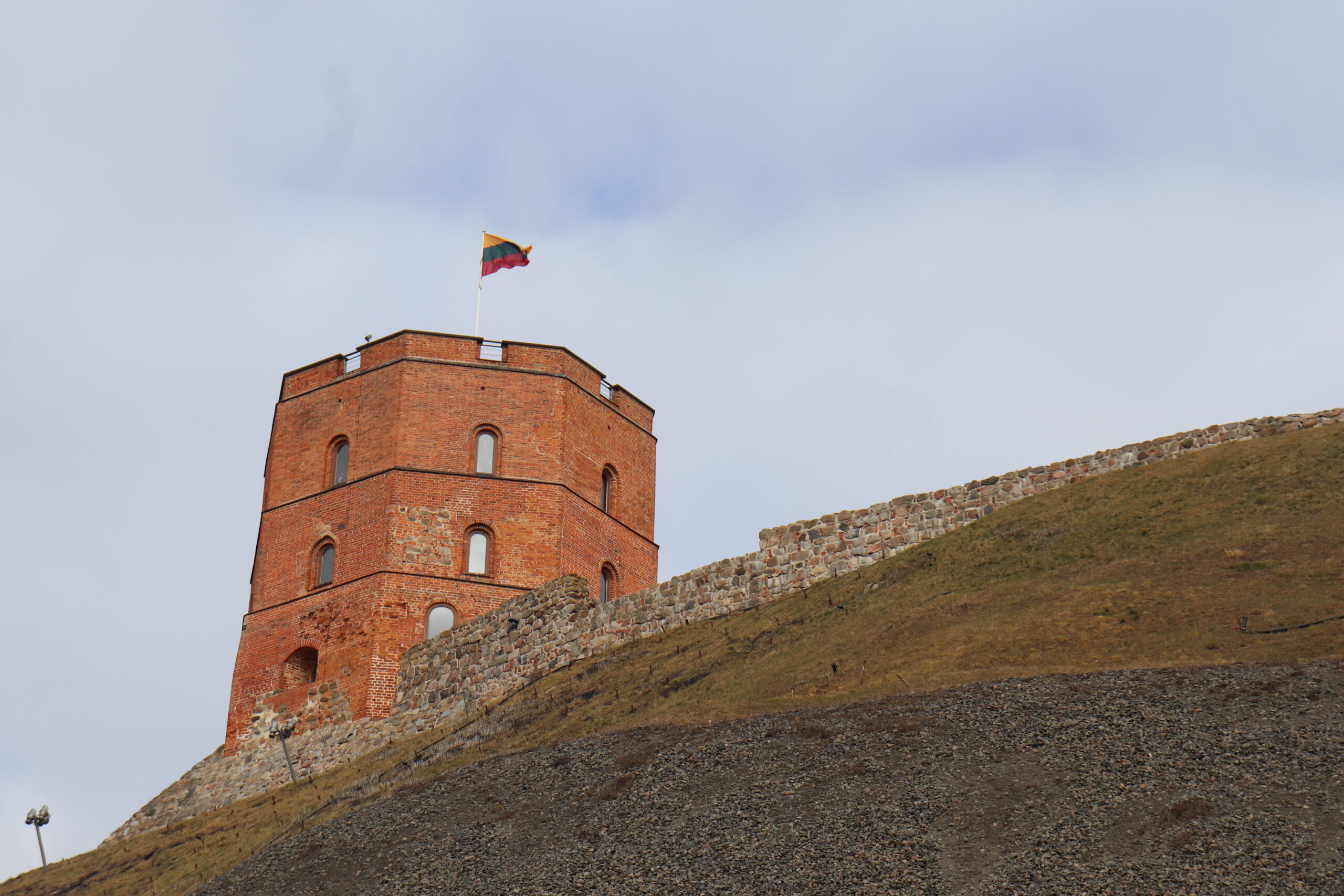
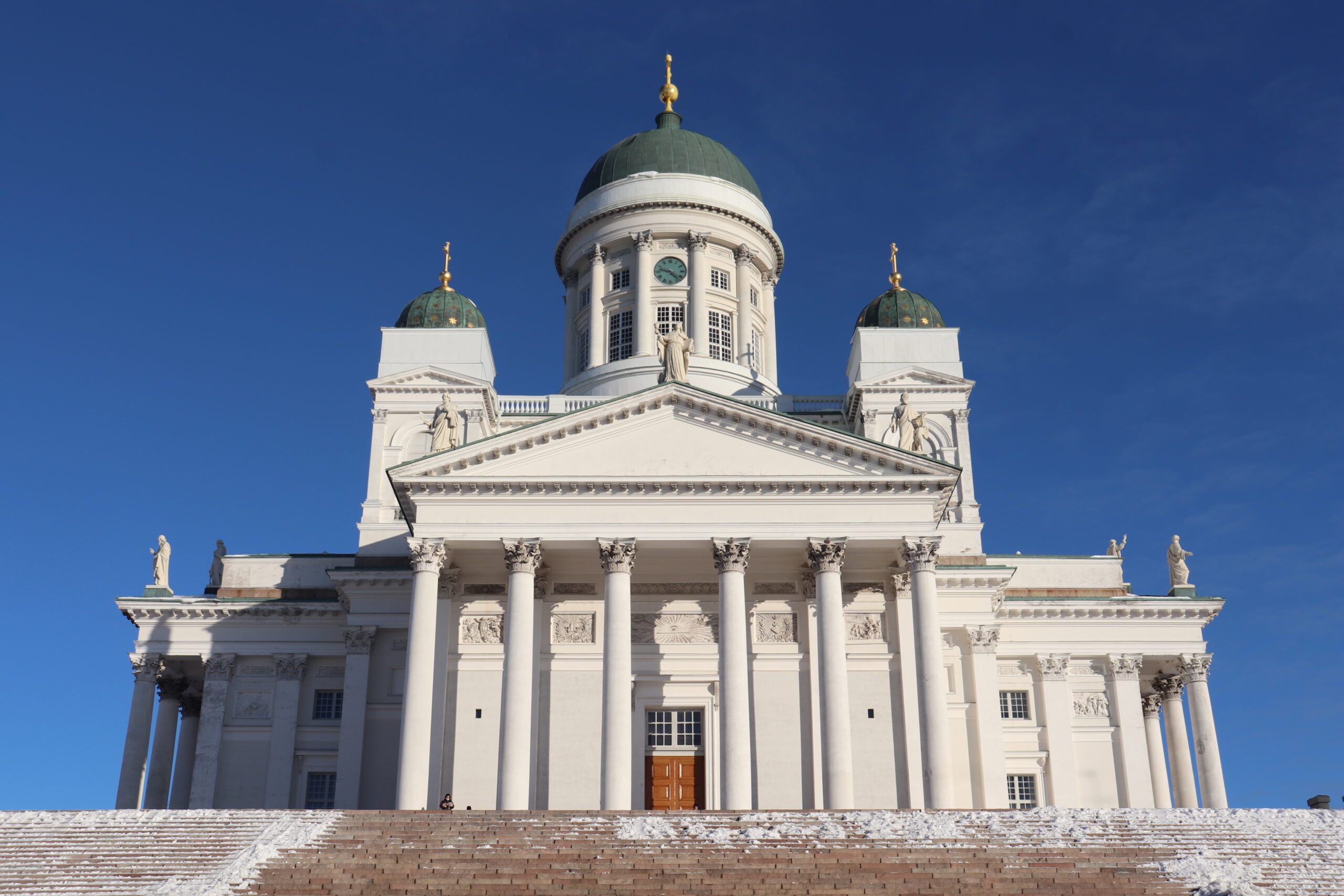
What an insightful article! Your ability to break down complex topics into easily understandable points is truly commendable. I appreciate the thorough research and the engaging writing style that keeps readers hooked from start to finish. Thank you for sharing your knowledge and providing such valuable content. I look forward to reading more of your work in the future!